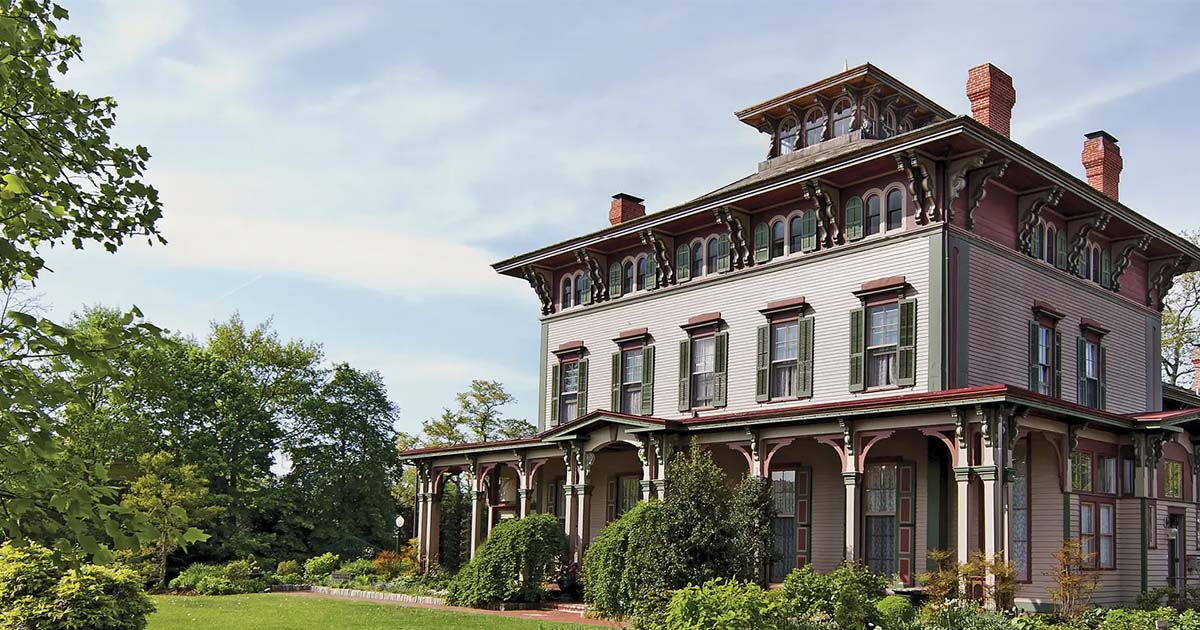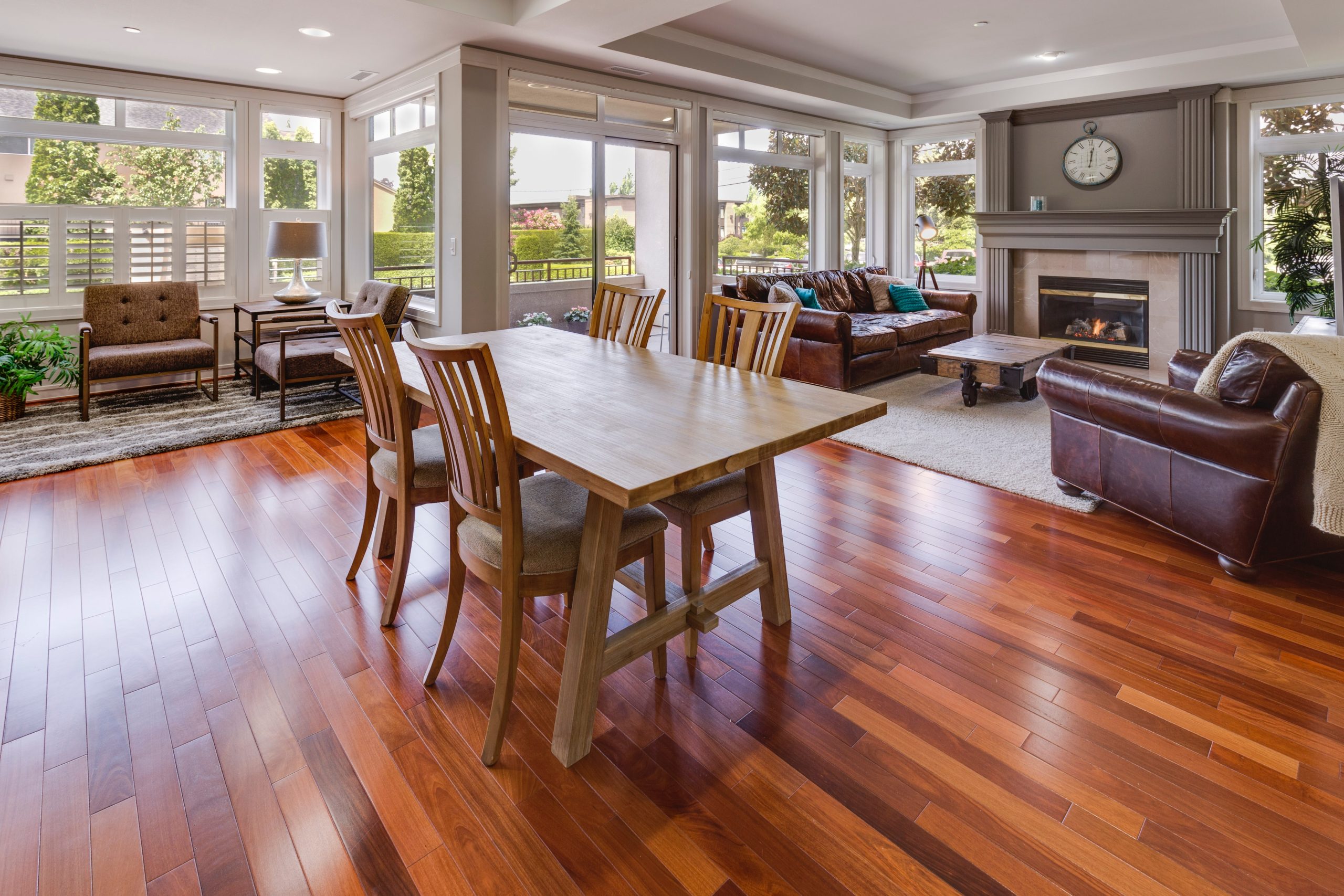Introduction
Welcome to a journey through the world of multi-generational homes, guided by Jane Doe, an interior designer with over a decade of experience. Jane specializes in designing homes for families where dependent adult children and parents cohabitate, creating spaces that balance privacy and togetherness.
The Rise of Multi-Generational Homes
In recent years, we’ve seen a significant increase in multi-generational living. This trend is driven by various factors, including economic considerations, cultural preferences, and the desire for familial support. As this living arrangement becomes more common, it brings unique challenges and opportunities for home design.
Understanding the Dynamics of Shared Spaces
Shared spaces in multi-generational homes are a delicate balance of communal and private areas. These spaces must cater to the needs of both dependent adult children and their parents, each with their own requirements for privacy, accessibility, and comfort. Understanding these dynamics is crucial for creating a harmonious living environment.

Designing for Harmony: Balancing Privacy and Togetherness
Designing a home that balances privacy and togetherness is a delicate task. It involves creating spaces that allow for individual activities while also fostering a sense of community. This can be achieved through thoughtful space planning, the use of partitions, and the careful selection of furniture and decor.
Case Study: A Successful Multi-Generational Home Design
Let’s take a look at a real-life example of a successful multi-generational home design. In this case, the home was designed with separate living quarters for the parents and adult child, each with their own private spaces. However, communal areas such as the kitchen and living room were designed to encourage interaction and bonding.
The Role of Architects in Shaping Multi-Generational Spaces
Architects play a crucial role in shaping multi-generational spaces. They are responsible for translating the needs and desires of the family into a functional and aesthetically pleasing design. This involves a deep understanding of the family’s lifestyle, preferences, and future needs.
Future Trends in Multi-Generational Home Design
As the demand for multi-generational homes continues to grow, we can expect to see new trends and innovations in home design. These may include more flexible layouts, advanced home automation systems, and designs that can adapt to the changing needs of the family.
Table: Key Points Discussed
| Topic | Key Points |
|---|---|
| Rise of Multi-Generational Homes | Economic considerations, cultural preferences, familial support |
| Dynamics of Shared Spaces | Balance of communal and private areas, catering to different needs |
| Designing for Harmony | Space planning, use of partitions, furniture selection |
| Case Study | Separate living quarters, communal areas for interaction |
| Role of Architects | Translating needs into design, understanding family lifestyle |
| Future Trends | Flexible layouts, home automation, adaptable designs |










